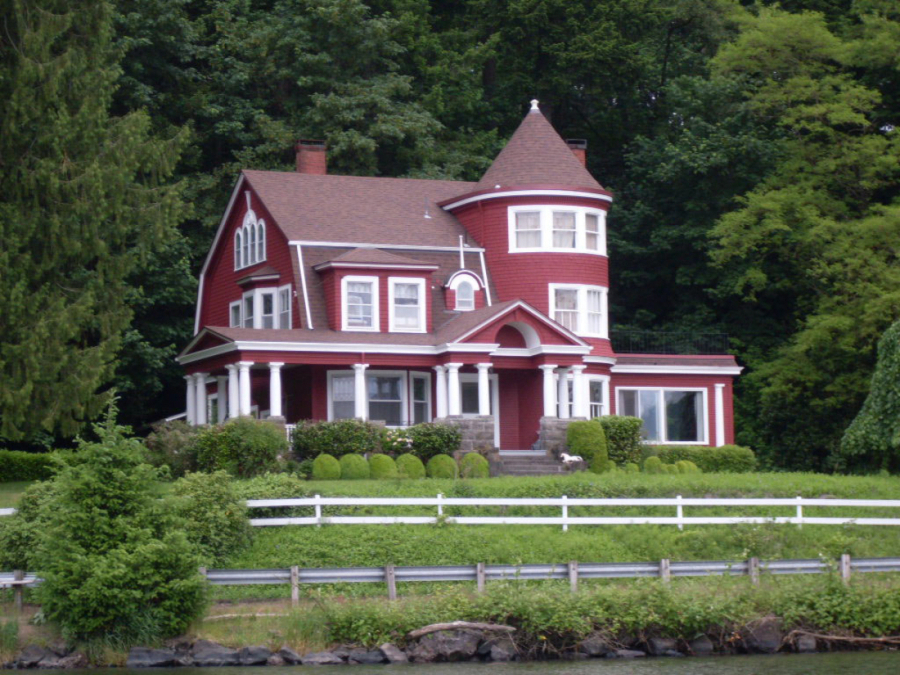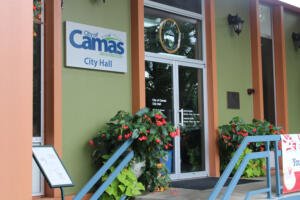The city of Camas is quickly adding to its real estate collection with sales agreements to buy prominent properties downtown and along Lacamas Lake.
On Monday night, Camas City Council members approved an agreement to purchase the former “Bank of America building” in downtown Camas, located just west of Camas City Hall on Northeast Fourth Avenue, for $1.6 million.
That acquisition means city employees will soon have room to breathe.
“We’re bursting at the seams at City Hall and we are bringing on some additional employees next year,” Camas City Administrator Pete Capell told The Post-Record on Tuesday.
Capell said the nearly 9,000-square-foot building and 0.46-acre property’s proximity to City Hall interested city leaders.
“We had talked about leasing the space … but then we discovered they wanted to sell the property,” Capell said. “Another party was also very interested, so we offered a little over the appraised value to make sure we could get it.”




